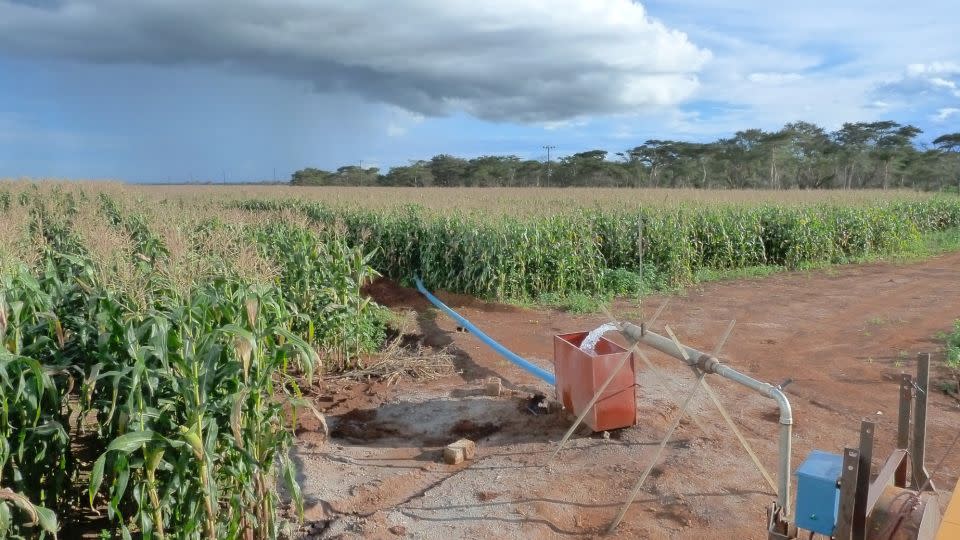Groundwater levels are rapidly declining around the world — with a few notable exceptions

Sign up for CNN’s Wonder Theory science newsletter. Explore the universe with news on fascinating discoveries, scientific advancements and more.
Many parts of the world are experiencing a rapid depletion in the subterranean reserves of water that billions of people rely on for drinking, irrigation and other uses, according to new research that analyzed millions of groundwater level measurements from 170,000 wells in more than 40 countries.
It’s the first study to piece together what’s happening to groundwater levels at a global scale, according to the researchers involved, and will help scientists better understand what impact humans are having on this valuable underground resource, either through overuse or indirectly by changes in rainfall linked to climate change.
Groundwater, contained within cracks and pores in permeable bodies of rock known as aquifers, is a lifeline for people especially in parts of the world where rainfall and surface water are scarce, such as northwest India and the southwest United States.
Reductions in groundwater can make it harder for people to access freshwater to drink or to irrigate crops and can result in land subsidence.
“This study was driven by curiosity. We wanted to better understand the state of global groundwater by wrangling millions of groundwater level measurements,” said co-lead author Debra Perrone, an associate professor in University of California’s Santa Barbara’s Environmental Studies Program, in a news release on the study that published in the journal Nature on Wednesday.
The authors found that groundwater levels declined between 2000 and 2022 in 71% of the 1,693 aquifer systems included in the research, with groundwater levels declining more than 0.1 meter a year in 36%, or 617, of them.
The Ascoy-Soplamo Aquifer in Spain had the fastest rate of decline in the data they compiled — a median decline of 2.95 meters per year, said study coauthor Scott Jasechko, an associate professor at the Bren School of Environmental Science and Management at University of California Santa Barbara.
Several aquifer systems in Iran were among those with the fastest rate of groundwater decline, he added.
The team wasn’t able to gather data from much of Africa, South America and southeast Asia because of a lack of monitoring, but Jasechko said the study included the countries where most global groundwater pumping takes place.
Declines not universal
The study also highlighted some success stories in Bangkok, Arizona and New Mexico, where groundwater has begun to recover after interventions to better regulate water use or redirect water to replenish depleted aquifers.
“I was impressed by the clever strategies that have been put into action to address groundwater depletion in several places, though these ‘good news’ stories are very rare,” Jasechko said via email.
To understand whether the declines seen in the 21st century were accelerating, the team also accessed data for groundwater levels for 1980 to 2000 for 542 of the aquifers in the study.
They found that declines in groundwater levels sped up in the first two decades of the 21st century for 30% of those aquifers, outpacing the declines recorded between 1980 and 2000.
“These cases of accelerating groundwater-level declines are more than twice as prevalent as one would expect from random fluctuations in the absence of any systematic trends in either time period,” the study noted.
Donald John MacAllister, a hydrologist at the British Geological Survey who wasn’t involved in the research, said it was a really “impressive” set of data, despite some gaps.
“I think it’s fair to say this global compilation of groundwater data hasn’t been done, certainly on this scale, at least to my knowledge before,” he said.
“Groundwater is an incredibly important resource but one of the challenges is… because we can’t see it, it’s out of mind for most people. Our challenge is to constantly bang the drum for policymakers — that we have this resource that we have to look after, and that we can use to build resilience and adapt to climate change.”
For more CNN news and newsletters create an account at CNN.com


